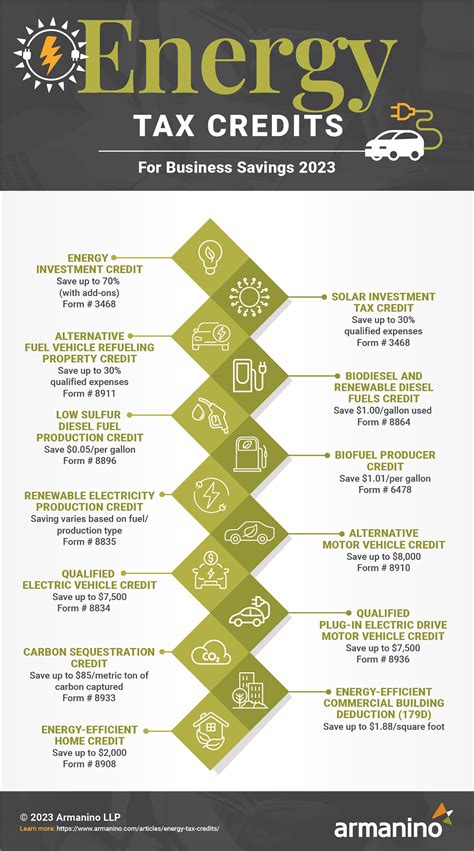Unlock Savings: How to Maximize Your Energy Efficient Tax Rebates
In an era of rising energy costs and increasing environmental concerns, energy-efficient solutions have never been more important. Homeowners and businesses alike are looking for ways to reduce their energy consumption and lower utility bills. One of the most effective ways to achieve these goals is by taking advantage of tax rebates associated with energy-efficient upgrades. This article explores how to unlock savings through energy-efficient tax rebates and provides practical tips on how to maximize these savings.
Understanding Energy Efficient Tax Rebates
Energy-efficient tax rebates are financial incentives provided by federal, state, or local governments to encourage individuals and businesses to adopt energy-efficient technologies. These rebates can cover a wide range of improvements, from upgrading insulation and windows to installing energy-efficient appliances and solar panels. Understanding the types of rebates available is crucial to maximizing savings.
Types of Energy Efficient Tax Rebates
- Federal Tax Credits: The federal government offers various tax credits for energy-efficient home improvements. These can significantly reduce the upfront cost of making your home more energy-efficient.
- State and Local Incentives: Many states and local utility companies offer additional rebates and incentives. These vary widely depending on the location and specific programs available in your area.
- Utility Company Programs: Some utility companies have their own rebate programs aimed at encouraging customers to reduce their energy usage. Participating in these programs can lead to substantial savings.
Steps to Maximize Your Tax Rebates
1. Research Available Rebates
Your first step in maximizing energy-efficient tax rebates is to research what is available. Websites like the U.S. Department of Energy and your state’s energy office can provide valuable information. Also, check with local utility companies for specific rebate programs they might offer.
2. Understand Eligibility Requirements
Each rebate program has its own eligibility requirements. Before investing in upgrades, ensure you understand what qualifies for rebates. This includes types of materials used, the efficiency ratings of appliances, and whether professional installation is necessary.
3. Keep Detailed Records
Documentation is crucial when claiming energy-efficient tax rebates. Keep all receipts, warranties, and installation documents organized. You may also need a completed form from your installed products. This will not only facilitate the rebate claim process but also serve as proof for your tax records.
4. Consult Professionals
If you are unsure about the best energy-efficient upgrades for your home or the rebates available, consider consulting a licensed contractor. Professionals can provide estimates, inform you about potential savings, and ensure installations meet government requirements.
5. File Your Taxes Correctly
When it comes time to file your taxes, ensure you fill out the necessary forms to claim your rebates. You may want to consult a tax professional to maximize your deductions appropriately. Common forms include IRS Form 5695 for residential energy credits.
Common Energy-Efficient Upgrades and Their Benefits
Investing in energy-efficient upgrades can lead to significant savings over time. Here are a few common upgrades and their benefits:
- Energy Efficient Windows: Upgrading to Energy Star-rated windows can reduce heating and cooling costs, making your home more comfortable year-round.
- Smart Thermostats: Installing a smart thermostat can help manage energy usage efficiently, allowing homeowners to save on heating and cooling costs.
- Solar Panel Systems: While the initial investment can be high, solar panels drastically reduce energy bills and, in some areas, allow homeowners to sell back excess energy to the grid.
- Insulation and Sealing: Improving your home’s insulation and sealing gaps can decrease energy waste and keep your home comfortable.
Conclusion
Maximizing your energy-efficient tax rebates is a valuable investment in your home’s future. By understanding available rebates, ensuring eligibility, keeping thorough records, consulting with professionals, and filing taxes correctly, you can unlock significant savings. With energy costs rising, now is the perfect time to take action and make your home as energy-efficient as possible.
FAQs
1. What is the difference between a rebate and a tax credit?
A rebate is a cash refund that you receive after making an energy-efficient purchase, while a tax credit reduces the total amount of tax you owe to the government.
2. How do I find out what rebates are available in my area?
You can check the DSIRE (Database of State Incentives for Renewables and Efficiency) website and your local utility providers for available rebates.
3. Do I need to hire a contractor to qualify for tax rebates?
While not always necessary, hiring a certified contractor ensures that installations meet program requirements, maximizing your chances of receiving rebates.
4. Are there any deadlines for applying for energy-efficient tax rebates?
Yes, many rebate programs have specific deadlines, often aligning with the end of the fiscal year. Check with individual programs for precise information.
5. Can I combine multiple rebates and tax credits?
In many cases, yes. You can often combine state and federal tax credits with utility company rebates to maximize your overall savings. However, ensure you understand any restrictions that may apply.
Download Energy Efficient Tax Rebates
